Invasive Species
Invasive Species in Our Lakes
Our lakes are home to many plants and animals that are good for the lake. But, some species are harmful to our lakes. These are invasive species.
Approximately 90 lakes and rivers in New Hampshire are infested with invasive species.
Invasive species are organisms that thrive in an area where they do not evolve naturally and cause harm to the environment, economy, or people.
They primarily spread from lake to lake by traveling on boats, trailers, and recreational gear that needs to be adequately cleaned, drained, and dried between waterbodies. Large areas of invasive plants in a lake make swimming and boating difficult and dangerous. They are expensive to control and nearly impossible to get rid of. They also reduce shoreline property values.
The invasive plant variable milfoil was discovered in New Hampshire in 1965. The spread of these plants in New Hampshire has slowed thanks to the education and prevention efforts of our Lake Host Program. And it is against the law to sell, move, grow, or bring in specific plants and animals that threaten our lakes.
However, despite these laws and education efforts, invasive animals in our lakes are increasing. Unfortunately, no management options are available in New Hampshire to control these animal infestations in our lakes.
Download our Aquatic Invasive Species Identification Flyer here.
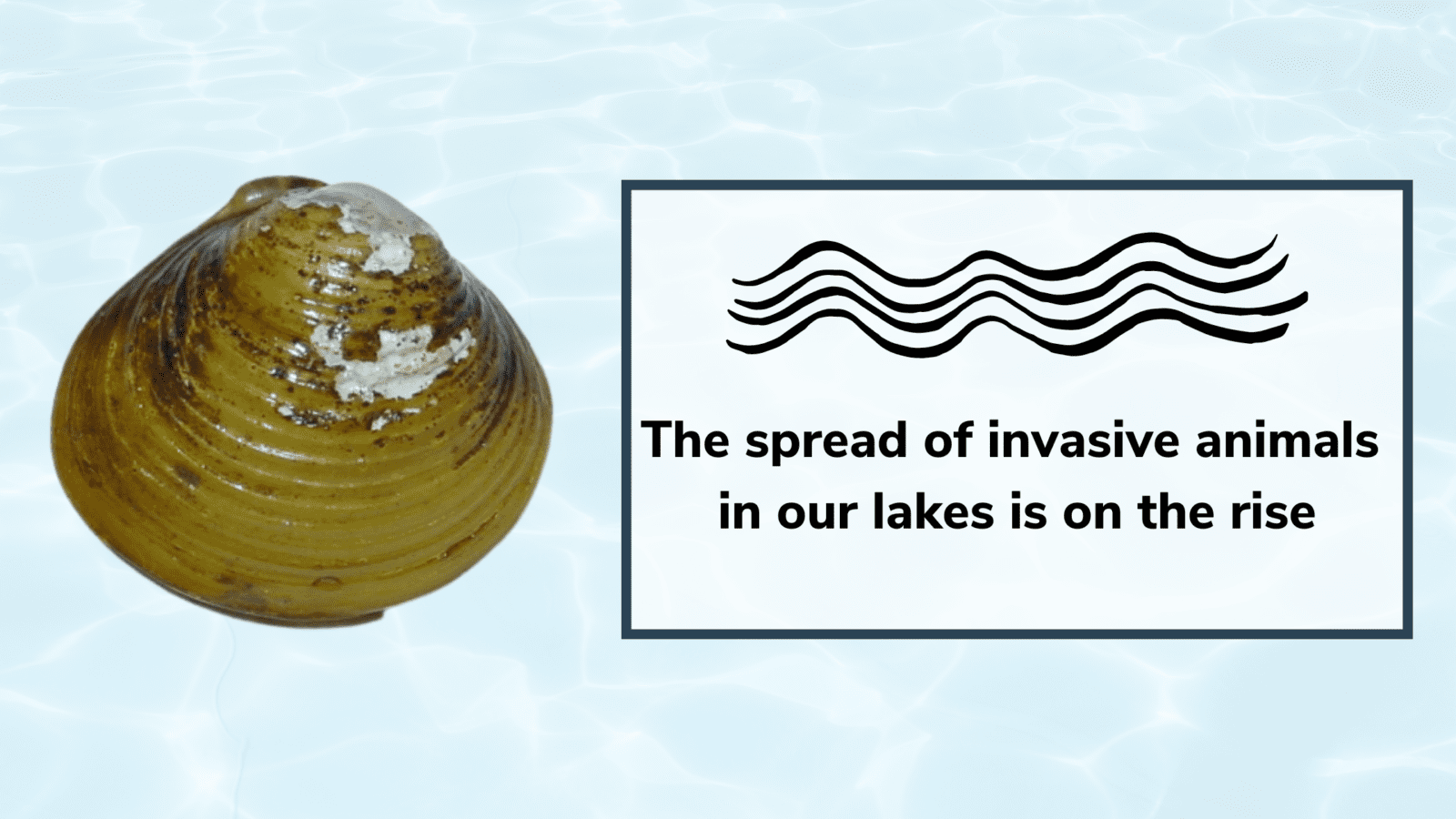
Prevention Initiatives
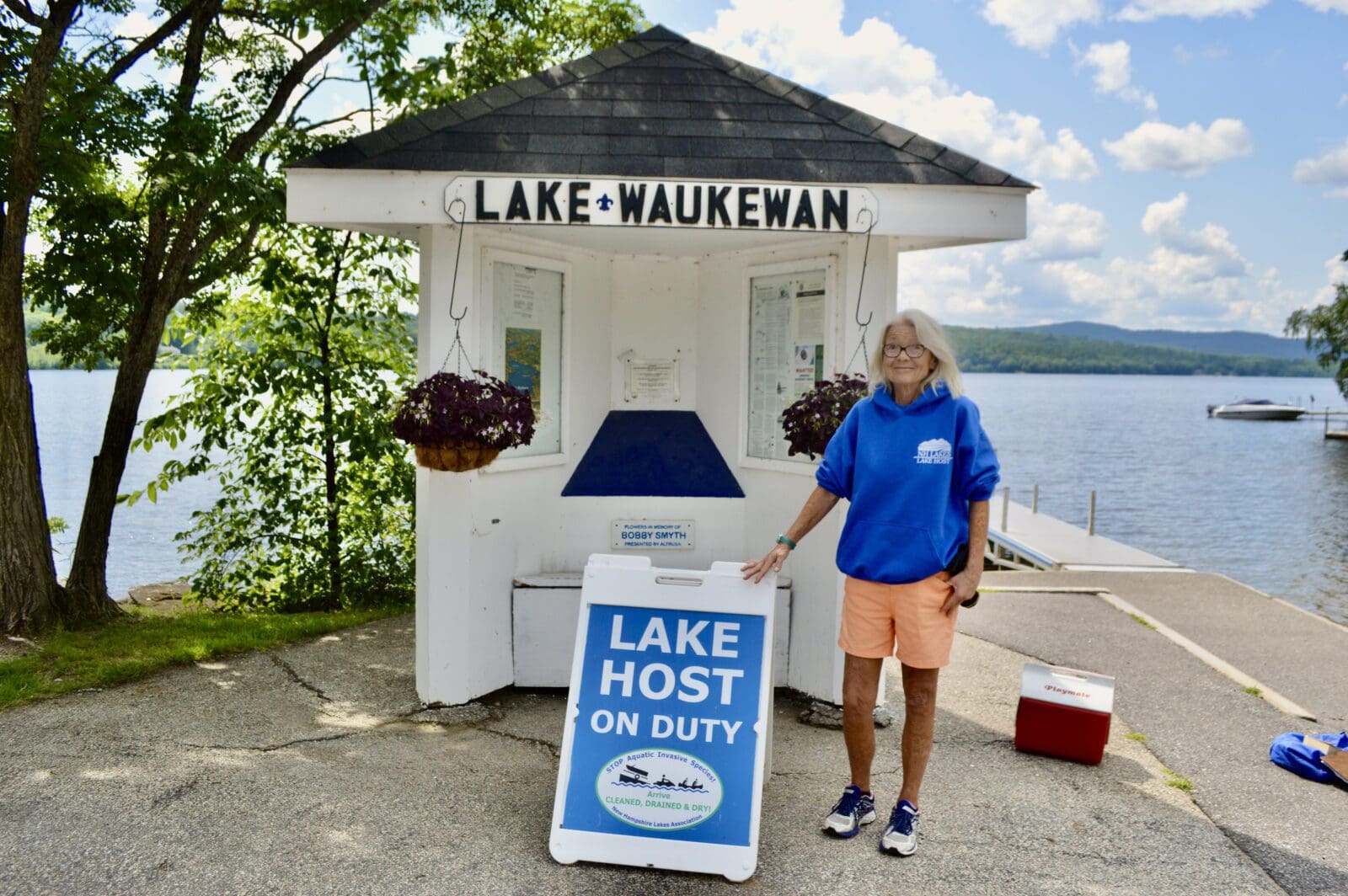
Lake Host Program
Clean water, healthy wildlife, and stable property values depend on a healthy lake free of invasive plants and animals. The NH LAKES Lake Host Program is the first line of defense!
Clean, Drain, Dry
Lake Hosts offer free complimentary boat inspections and teach boaters about the Clean, Drain, and Dry method. Learn how to use this method to prevent the spread of aquatic invasive species at the lakes you love.
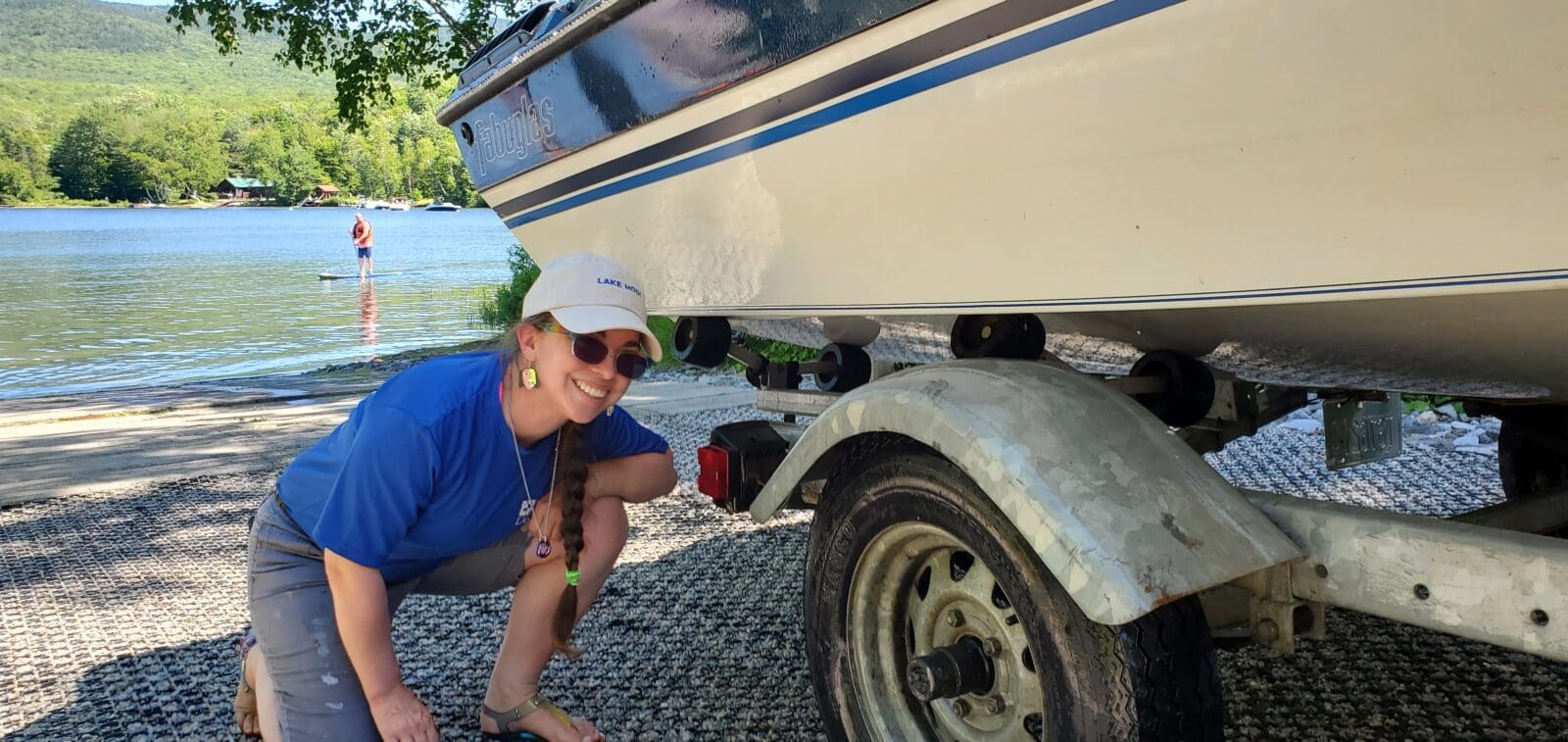
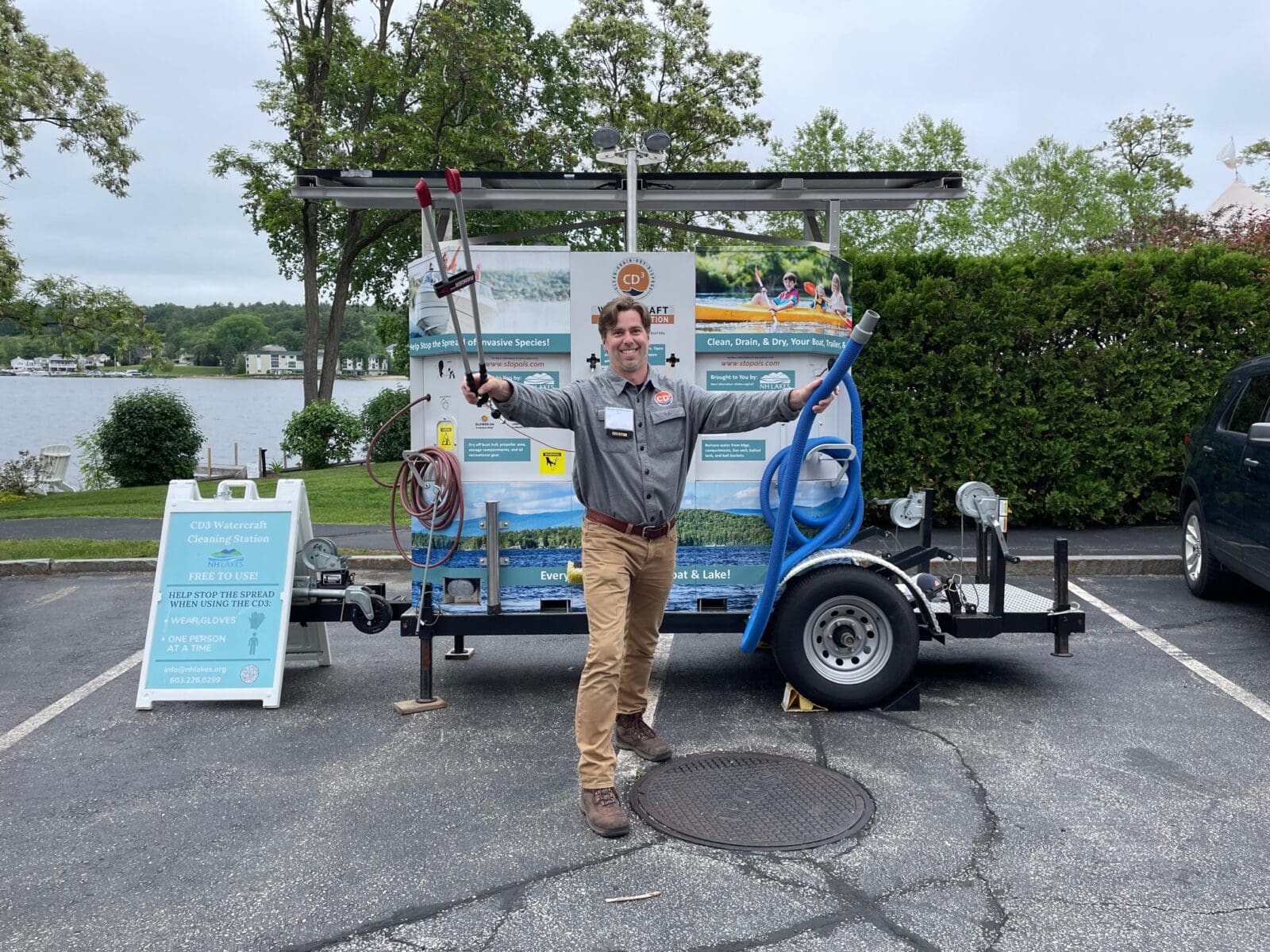
Watercraft Cleaning Unit
Our mobile, solar-powered cleaning unit is visiting public boat ramps throughout the state, helping boaters prevent the spread of invasive species. NH LAKES has deployed the first waterless watercraft cleaning unit in the Northeast—the CD3 Clean, Drain, Dry & Dispose Unit!
 by NH Rocks
by NH Rocks